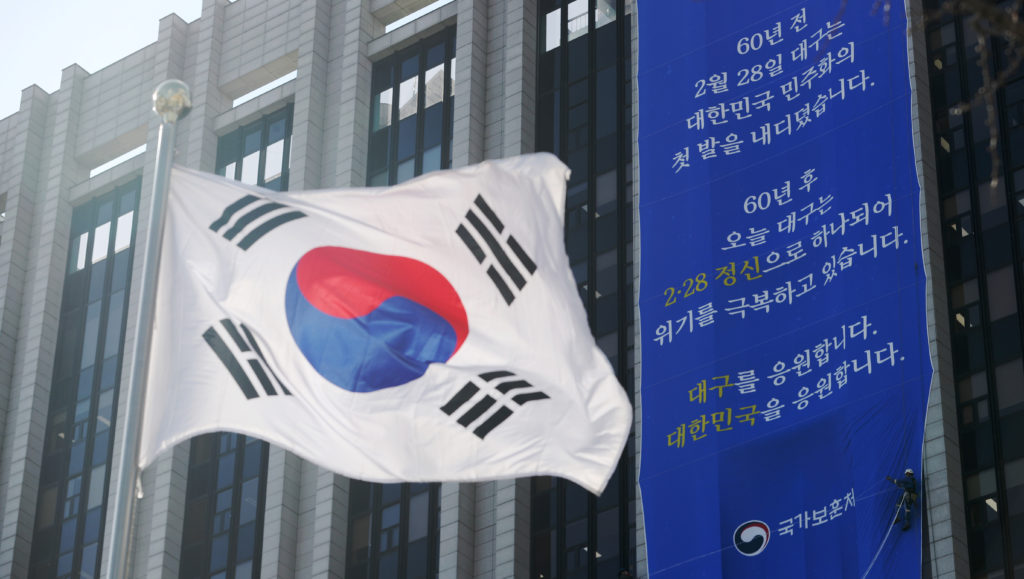The Peninsula
How to Hold an Election During a Pandemic
Published April 15, 2020
Category: South Korea

By Ingyeong Park
In the midst of a global pandemic, South Korea is set to hold a general election today. This a major undertaking as South Korea attempts to thread the needle between ensuring suffrage to all eligible voters (including people who may be infected with COVID-19) and keeping uninfected voters safe from exposure. Measures adopted by South Korean officials, if successful, may provide a blueprint for how other democratic societies might hold their elections during a pandemic.
Early voting turnout
Contrary to predictions that the pandemic would result in a low voter turnout, early voting on April 10 and 11 drew 26.69 percent of eligible voters nationwide. This is the highest turnout for a national election since the introduction of the early voting system.
There are several speculations on why early voting turnout was so high. First, the coronavirus may have led to more talk about politics with family and friends. Second, voters may have opted to cast ballots early to avoid contact with others at polling stations on the election day. Third, there are more competitive battleground districts. According to the Hankyoreh, early voting turnout was relatively higher in districts where high-profile candidates from the ruling and opposition parties competed against each other. For example, In Seoul, early voting in Jongro – where former Prime Minister Lee Nak-yon from the ruling Minjoo Party and Hwang Kyo-ahn, leader of the opposition party, are competing for the district’s seat – recorded the highest turnout at 34.68 percent. In Suseong–gap, another competitive district in the city of Daegu, 30.18 percent of eligible voters came to the polls.
Preparations for the election
On the day of the election, personnel at polling stations will check for fevers with a contactless thermometer at the entrance. Voters will wear disposable plastic gloves after sanitizing their hands. After the fever check, those with body temperature above 37.5 degrees or respiratory symptoms will vote at a temporary voting booth, and the temporary voting booth will be disinfected immediately after use. Official personnel at polling stations will be required to maintain a distance of 1 meter between voters, and periodically ventilate polling stations.
The personnel will also provide language interpretation services through video calls for the hearing-impaired for the first time in Korea’s electoral history.
After the election, district votes can be automatically counted through a machine. However, proportional representation ballots will be counted manually because they are too long for existing machines. The voting and ballot counting will be broadcast live on the Korea Election Broadcasting System in real-time.
How do people who are quarantined vote?
According to the government’s guidelines, the government will guarantee suffrage for people who are in quarantine. Eligible voters who received a self-quarantine notice between April 1 and 14 can vote if they are not asymptomatic on the day of the main vote. When public voting ends, the government will temporarily lift quarantine from 5:20 p.m. to 7 p.m. for these voters to come to their local polling stations.
Officials hope that this separation between the movement of the general public and the self-quarantined would prevent possible transmission of the virus. A public official will accompany quarantined voters from their residence to the polling place to ensure that they comply with the rules. In addition, dedicated personnel wearing safety masks and gloves will manage the voting process at polling stations where quarantined voters will submit their ballots.
Ingyeong Park is an intern at the Korea Economic Institute. Ingyeong is a student at Ajou University, pursuing a degree in Political Science and Diplomacy. The views expressed here are the author’s alone.
Picture from user Republic of Korea on Flickr
